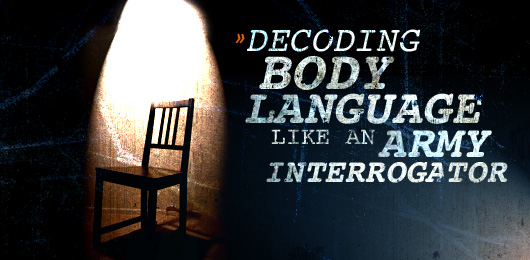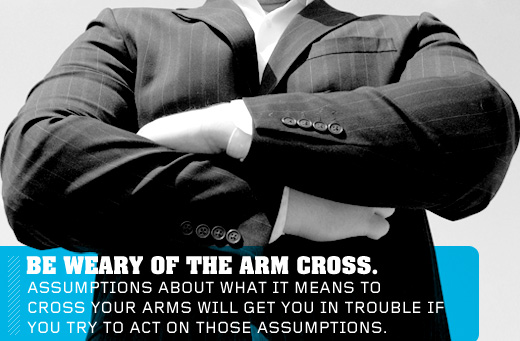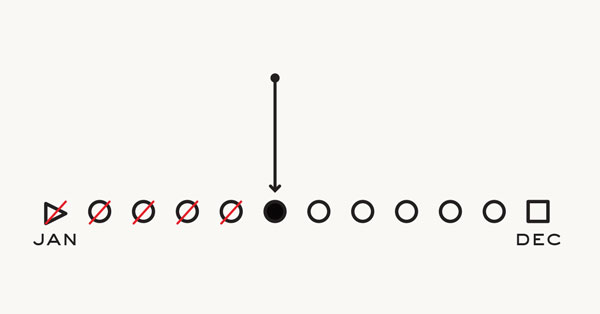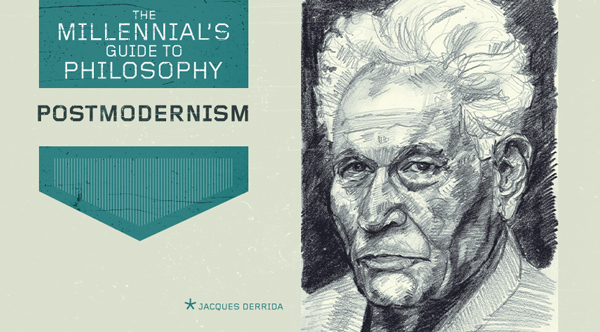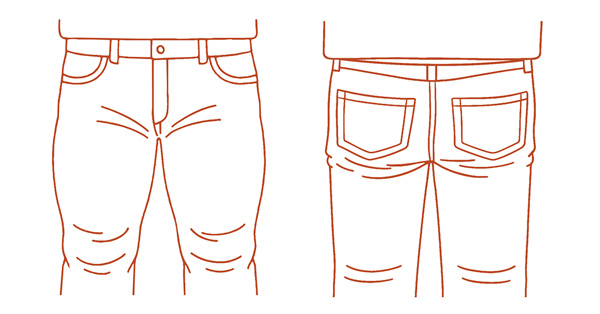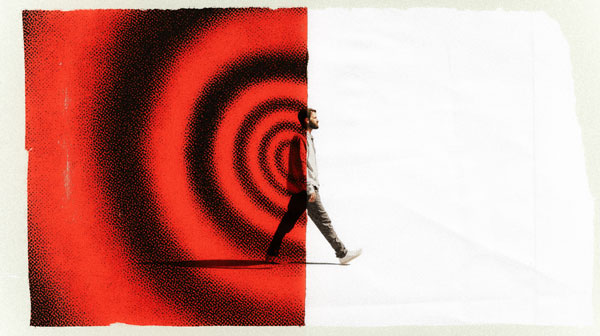Facing down an uncooperative suspect, getting the right information may be a matter of life and death. Interpreting your bosses darting eyes or figuring out if the shy girl in accounting likes you is decidedly less serious, but former Army Interrogator and body language expert Gregory Hartley has got you covered nonetheless.
By Gregory Hartley and Maryann Karinch,
Authors of The Body Language Handbook: How to Read Everyone's Hidden Thoughts and Intentions
Primitive man had a repertoire of survival skills that included reading body language. Etiquette and culture have blunted that natural, human ability. Add to those erosion factors the complexity of spoken language and modern conventions related to body language—stock gestures we see all the time on TV—and the result is this: Few people today can read body language well.
Here are five things to remember when reading body language:
- Human beings may have a lot in common, but everybody is different. To be sure you read people accurately, you have to baseline them. Baseline is everything: Determine what the person does normally, and then look for deviations.
- A few movements are universal. For example, when people recognize each other, their eyebrows flash. It’s an involuntary and universal piece of body language. When you arrive at party or see someone you know at a store, watch for this sign. Pay attention to the brows of people greeting you.
- A few expressions are universal. Human beings have commonalities in the way our faces show anger, fear, sadness, surprise, disgust, and happiness. We can try to mask them, but they still come out and we have a natural ability to interpret that base body language.
- Many movements are strictly cultural. We interviewed a man from West Africa who demonstrated his tribal gesture for “let’s eat.” Most Americans seeing him pound the table would have concluded he was making a demand, or terribly impatient about something. Families, gangs, clubs, churches, and even couples can develop gestures that are peculiar to them. Unless you know someone well, don’t assume you understand what a particular gesture means.
- No matter where you’re from, you grew up with the “big four”: illustrators, regulators, barriers, and adaptors.
- Illustrators punctuate statements, such as moving your arm like a baton to emphasize a point.
- Regulators control another person’s speech, such as tapping your foot while someone is talking as a way of saying, “Get on with it.”
- Barriers help us claim more ground and establish space around us. When you put your laptop computer between you and the person across the table, you are putting up a barrier; you can also do it by using your body, as in “turning a cold shoulder” to someone.
- Adaptors are the movements that help you relieve stress, or get more comfortable in a space. Rubbing, petting, hair twirling, and picking at your cuticles are all forms of adaptors. They are actually more common than barriers, but often not as obvious.
Barriers, adaptors, regulators, and illustrators are like verbs, prepositions, nouns, and articles. Each plays a part in the sentence that is body language. Any of the elements alone is incomplete in much the same way using an individual word is most often not a complete thought. The exception is using a regulator in a commanding way to stop or start someone talking.
Here are some specific tips to get you started reading body language signals:
- Let’s debunk a popular theory: A person who breaks eye contact with you is probably lying to you. Don’t believe it! The next time you ask someone for directions, watch his eyes. Most likely, they will drift above the brow line. That happens normally as a person accesses visual memory. The eyes move as a person tries to retrieve information from different parts of the brain.
- A genuine smile engages the eyes. A fake smile—the official red-carpet smile—is a pose not driven by emotion.
- Crossed arms are not always a barrier. Assumptions about what it means to cross your arms will get you in trouble if you try to act on those assumptions. You need to consider context, gender, and how the arms are crossed. Learn why people do things and what causes the body to do certain things, and pay attention to individual behavior.
Interaction among humans is so complex, that most of us lose track of the simple signals that communicate volumes about our emotions, desires, fears, and intentions. Instinctively, we may feel drawn toward someone, or repelled by him, and won’t know why. When you learn to read body language, you can explain why.



